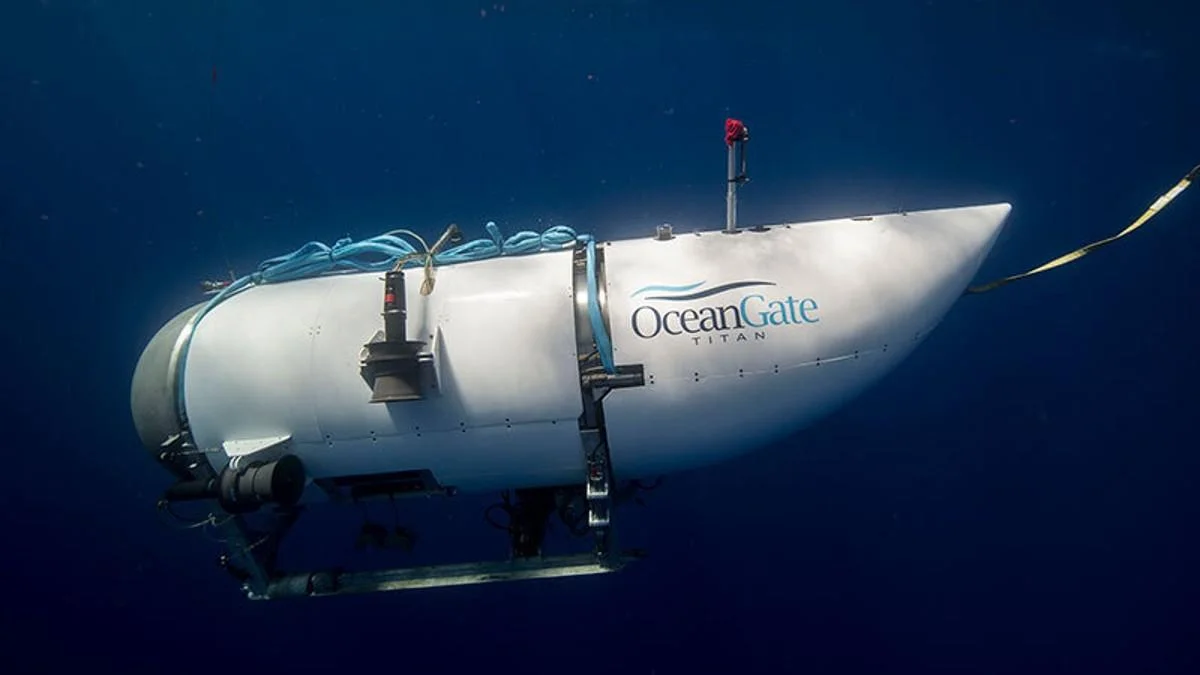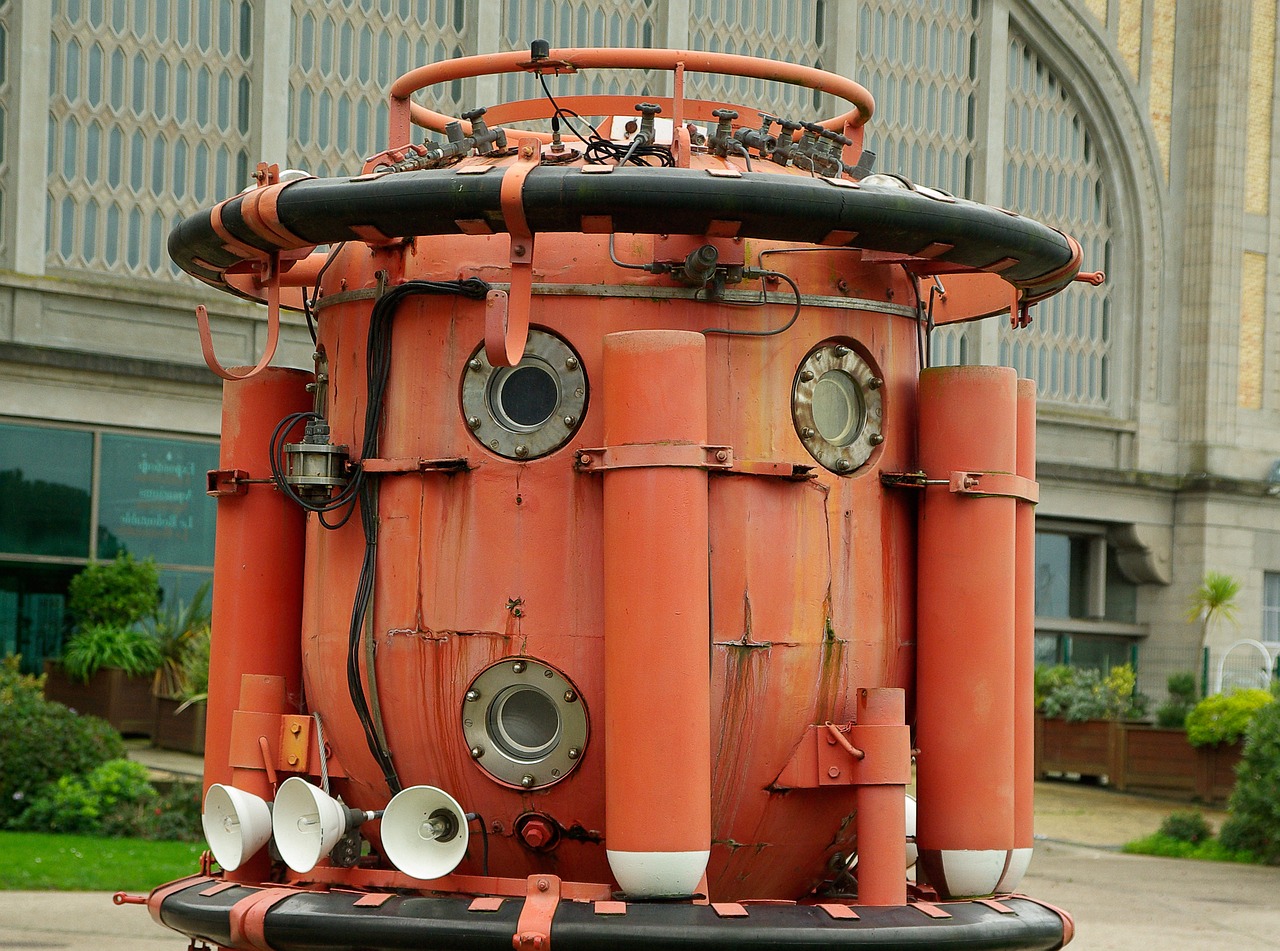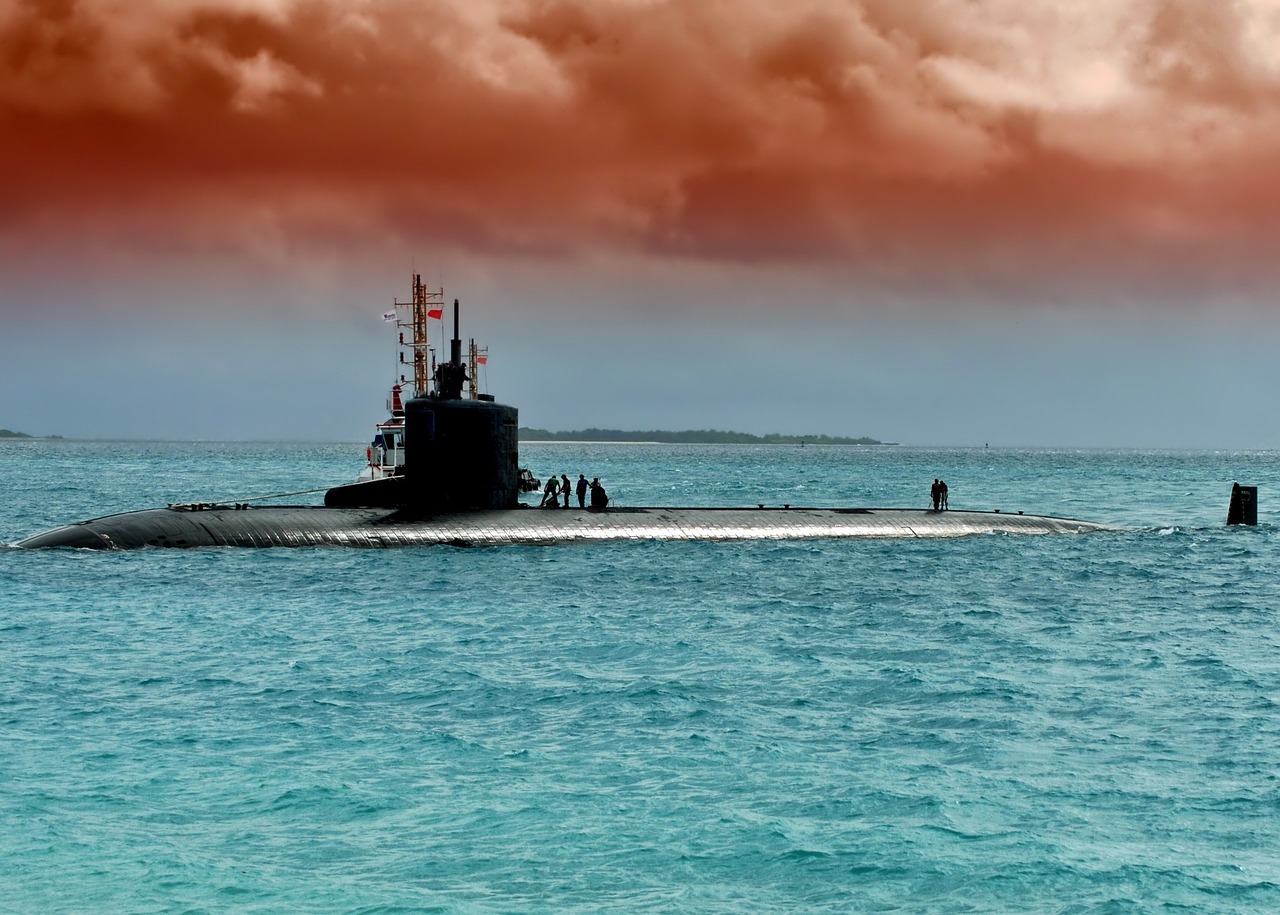How hard it is to improve Deep Sea Exploration? Holding secrets and wonders that beckon us to explore. Yet, the deep seas exploration is very hard due to various reasons. Recent events surrounding the OceanGate submarine, Titan, have highlighted the risks and complexities associated with deep-sea exploration. However, amidst tragedy, we must also recognize the potential of AI technology to revolutionize underwater exploration and push the boundaries of our understanding.
The OceanGate Incident

The Titan submarine, a remarkable feat of engineering, was meticulously crafted using cutting-edge materials such as carbon fiber and titanium. Weighing an impressive 23,000 pounds(About 11.5-tonnes), this vessel was equipped with advanced safety features and structural monitoring systems to ensure the well-being of its crew. With great ambition, Titan embarked on a daring dive to the iconic Titanic wreck in June. The goal was to unlock the secrets preserved within its depths, shedding light on a bygone era.
However, OceanGate’s Titan Submersible submarine started its journey at 1 p.m. on 17th June and at 3 pm, an unexpected distress signal pierced the peace of the deep sea. The sudden turn of events sparked a joint rescue mission, driven by the urgent need to locate and assist the crew in distress. Sadly, the vastness of the ocean, coupled with the formidable challenges of operating at great depths, proved too great to be overcome.However, OceanGate’s Titan Submersible submarine started its journey at 1 p.m. on 17th June and at 3 pm, an unexpected distress signal pierced the peace of the deep sea. The sudden turn of events started a joint rescue mission to locate and assist the crew in distress. Sadly, the depth of the ocean, coupled with the challenges of operating at great depths, proved too hard to achieve.
However, now they have found that the OceanGate titan submarine as suffered a catastrophic implosion. And the US Coast Guard Read Adm. John Mauger said that “The debris is consistent with a catastrophic implosion of the vessel..” Also, senior navy official has told to the CNN that they detected a acoustic signature consistent with an implosion on Sunday in the area of Titanic wreck. So, the all onboard explorers has died due to a catastrophic underwater implosion.
The all onboard explorers has died due to a catastrophic underwater implosion…
The OceanGate Victims

The OceanGate incident claimed the lives of several courageous individuals. Among them were Stockton Rush, a 61-year-old CEO of OceanGate, Shahzada Dawood, a 48-year-old British-Pakistani businessman, accompanied by his 19-year-old son Suleman. Also on board was Hamish Harding, a 58-year-old British businessman. The fifth man, Paul-Henry Nargeolet, was a 77-year-old esteemed former French navy diver with extensive exploration experience.
In the wake of this OceanGate incident, it is important to reflect on the risks inherent in underwater exploration. However, we must also look ahead and explore the transformative potential of AI technology in revolutionizing our approach to underwater exploration. By harnessing the power of artificial intelligence, we can pave the way for safer, more efficient, and more enlightening journeys into the depths of the ocean.
Exploring the vast depths of the ocean has always captivated our imagination. With advancements in AI technology, we have the opportunity to revolutionize underwater expeditions. And, pushing the boundaries of our understanding and unlocking the secrets of the deep. Let’s delve into some exciting new AI trends that are shaping the future of underwater exploration.
Underwater Imaging and Mapping – Unveiling the Hidden
AI technology is revolutionizing underwater imaging and mapping techniques, providing us with a clearer view of the hidden depths. Machine learning algorithms can analyze vast amounts of sonar and imagery data. And allow us to create detailed maps of underwater landscapes with unprecedented accuracy. By improving the AI’s pattern recognition capabilities, researchers can identify unique features of the sea. And also can locate submerged structures, and discover new habitats, contributing to our understanding of marine ecosystems.
Predictive Modeling – Navigating the Unknown

Predictive modeling, powered by AI, plays a crucial role in underwater expeditions. By analyzing historical data and environmental factors, AI algorithms can make predictions about underwater conditions, helping scientists plan expeditions more effectively. This includes identifying favorable locations for exploration, predicting weather patterns, and assessing potential risks. Predictive capabilities in AI technology enhance the safety and efficiency of underwater missions. These capabilities enable researchers to make informed decisions and optimize their time spent exploring the depths.
Deep Sea Exploration and Monitoring – Going Beyond Human Limits
The extreme conditions of the deep sea present unique challenges for human divers. However, with the aid of AI-driven remotely operated vehicles (ROVs), we can overcome these limitations and delve deeper into the unexplored regions of the ocean. Equipped with advanced sensors and cameras, robotic systems have the ability to capture high-resolution images and videos. Additionally, they can collect samples and transmit real-time data back to researchers on the surface. AI algorithms can assist in the analysis of this vast amount of data, enabling scientists to uncover hidden treasures and expand our knowledge of the deep sea.
Autonomous Underwater Vehicles (AUVs) – Deep Sea Exploration

One of the most promising applications of AI in underwater exploration is the development of Autonomous Underwater Vehicles (AUVs). These advanced robotic systems are equipped with AI algorithms that enable them to navigate and gather data autonomously. With their ability to adapt to changing environments and make real-time decisions, AUVs are transforming our understanding of the ocean. They can explore vast areas more efficiently and collect valuable data on marine life, geological formations, and even underwater archaeological sites.
Environmental Monitoring and Conservation – Protecting the Underwater Ecosystems
AI technology has immense potential in monitoring and conserving underwater ecosystems. By integrating AI systems with underwater sensors, scientists can continuously monitor water quality, temperature, and the presence of pollutants. Real-time data analysis helps identify potential threats to marine life and enables proactive conservation efforts. Additionally, AI algorithms can aid in species identification, tracking migration patterns, and detecting illegal fishing activities, contributing to the preservation of our precious marine resources.
In conclusion, AI technology is driving a new era of underwater exploration, opening doors to unprecedented discoveries and expanding our understanding of the ocean’s mysteries. As we embrace these new AI trends for underwater expeditions, we have the opportunity to uncover hidden wonders, protect fragile ecosystems, and make remarkable strides in our quest to explore the vast depths of the ocean. The future of underwater exploration is indeed promising, thanks to the transformative power of AI technology.





